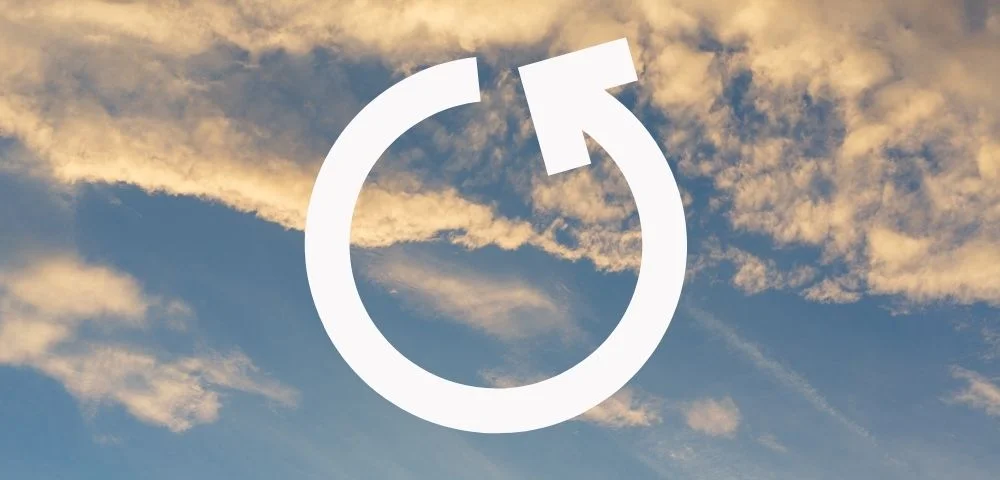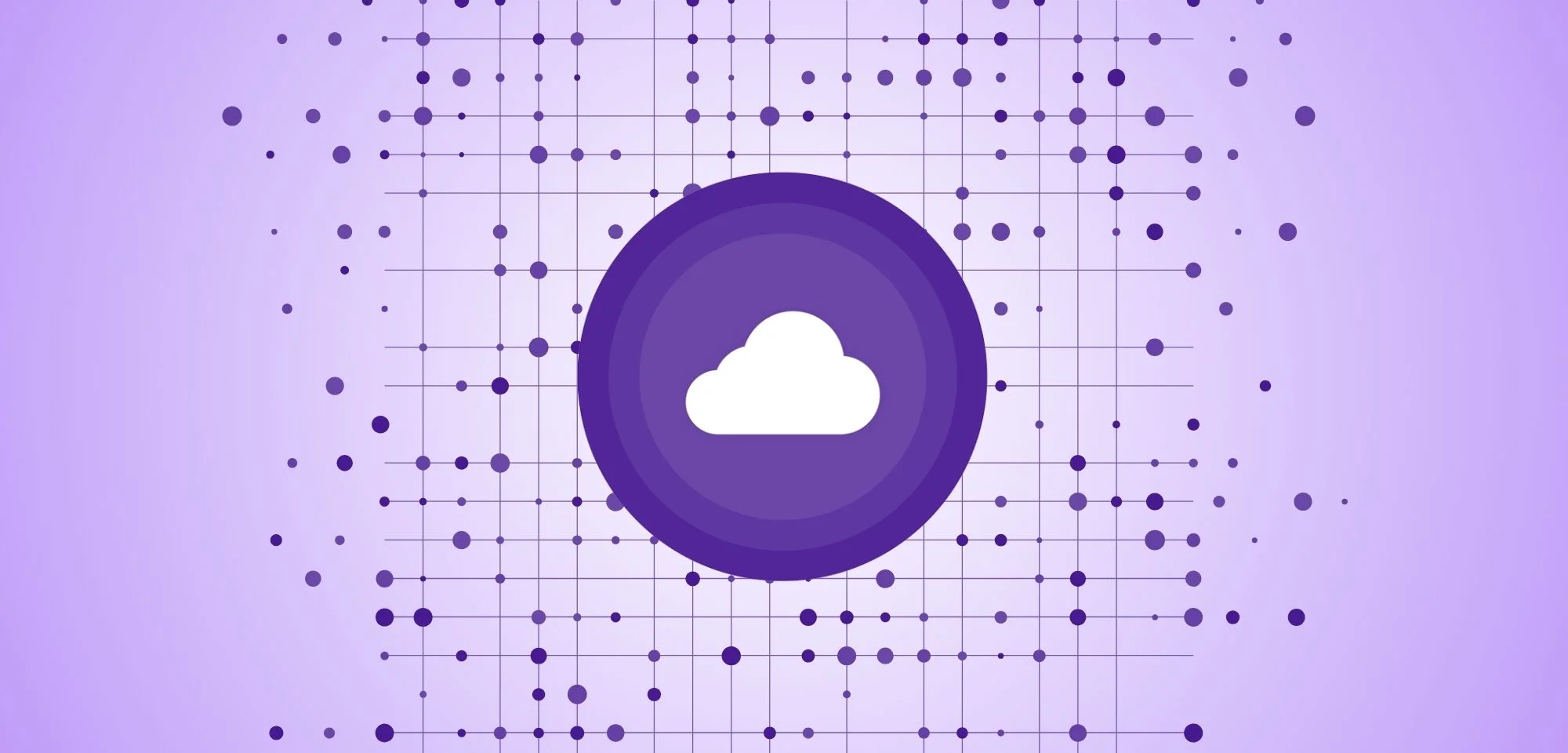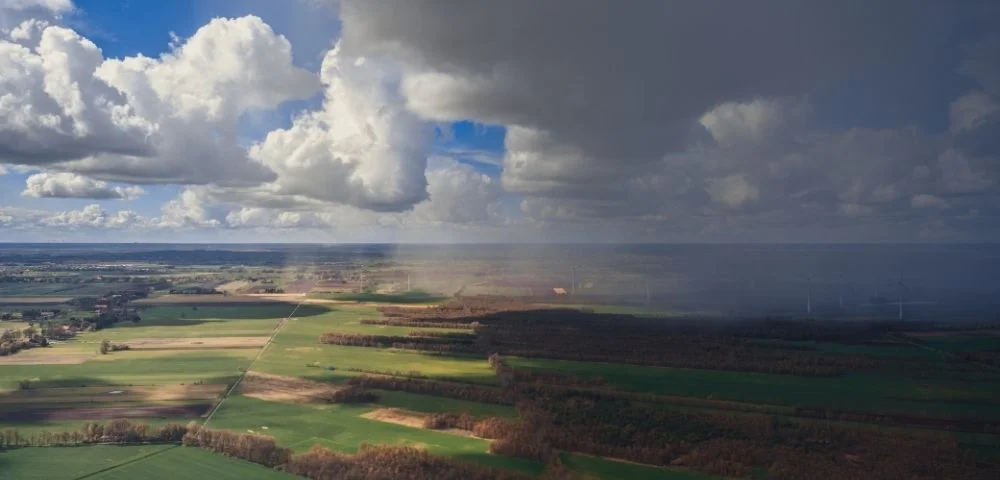
Why Humanity Wanted to Forecast the Weather
Meteorology, or atmospheric science, takes its name from the Greek word "Meteoron," which means events happening in the sky. Just as there is constant movement everywhere on Earth, events in the atmosphere are also in constant flux.
Throughout human history, weather events have always been important, especially for activities like farming and navigation, making understanding the weather and predicting future conditions crucial. This need continues to grow today, but fortunately, we no longer rely solely on assumptions; we have much more advanced technology.
Let's explore the journey of meteorology from the past to the present and what the future holds.

Logic and Causality Were Not Enough
Around 650 BC, Babylonians tried predicting weather changes based on cloud appearances. They noticed halos around the sun or moon signaling a cold front approaching and imminent weather changes.
In 340 BC, Aristotle wrote "Meteorologica," the first meteorology book. His views on weather events were partly accurate, but mostly speculative due to the chaotic nature of meteorology.
By the 300s BC, Chinese astronomers used a calendar with 24 festivals linked to weather types.
While these methods were interesting thoughts for their time, they were not enough for predicting the incredibly chaotic system that is the atmosphere.
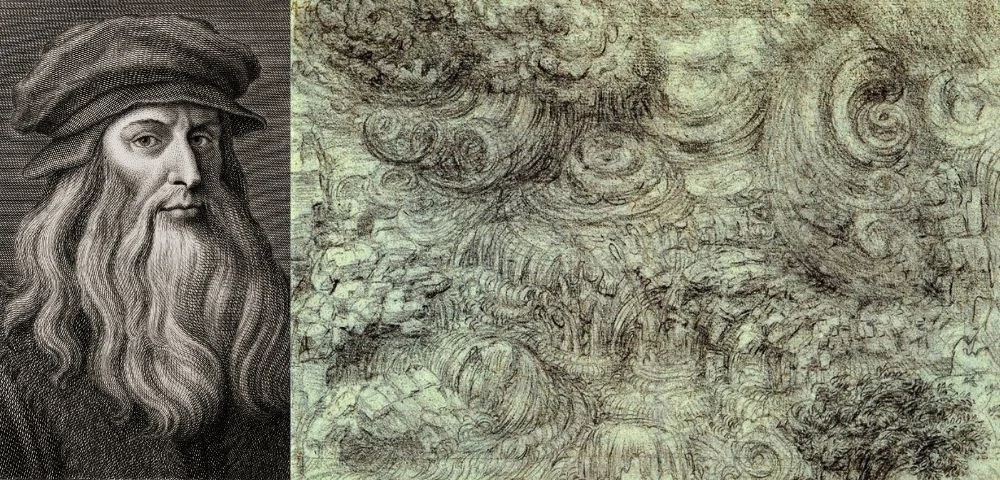
The Renaissance Impact on Meteorology
For centuries, attempts were made to predict weather based on general weather knowledge and personal observations. However, by the end of the Renaissance, it became increasingly clear that relying solely on logic was insufficient, and more knowledge was needed to understand the atmosphere better. The way to acquire this knowledge was through measurement.
To do this, instruments were needed to measure parameters like humidity, temperature, and pressure in the atmosphere. In Western civilization, the first known design for a "Hygrometer," an instrument measuring humidity, was made in the mid-fifteenth century by Nicholas Cusa.
Galileo Galilei invented an instrument called a "Thermoscope," later known as a thermometer, to measure temperature in the 1590s. In the early 1600s, the barometer, which measures atmospheric pressure and plays a crucial role in meteorology, was invented by Evangelista Torricelli.
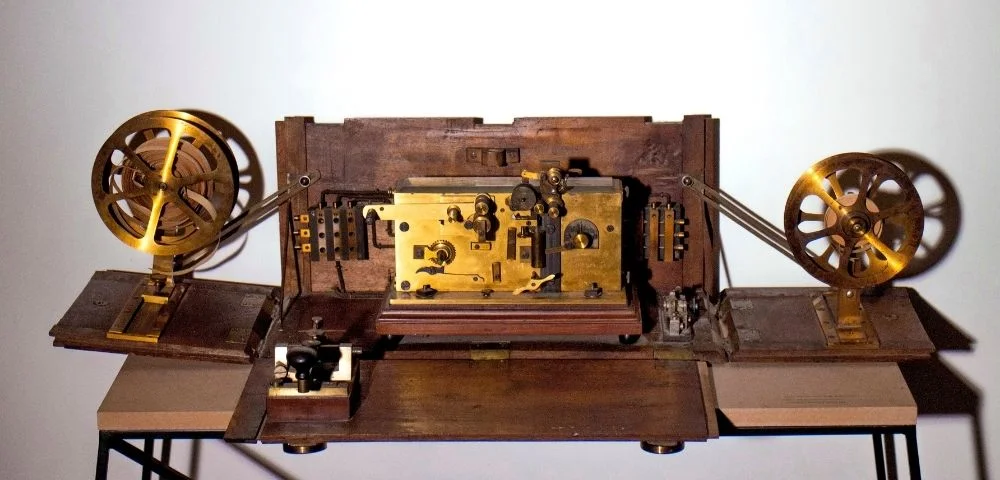
Telecommunication Making Meteorology Accessible to Everyone
While meteorological instruments were manufactured from the seventeenth to the nineteenth century, observational theoretical knowledge and technological advancements contributed to what we know about the atmosphere.
People living in different parts of the world began to make and record atmospheric measurements. In the mid-nineteenth century, the invention of the telegraph allowed weather observations to be routinely transmitted to observers and compilers. These data were used to create basic weather maps, allowing surface wind behaviors and storm systems to be identified and studied.
Vertical Observations with Radiosondes
Synoptic weather forecasting, born in the 1860s, analyzed simultaneous observations across wide areas. This era saw an increase in weather observation stations, forming regional and global meteorological networks. The 1920s introduced the radiosonde, a pivotal tool for monitoring the atmosphere at various altitudes.
Radiosondes, carried by balloons filled with hydrogen or helium, reach heights of 30 kilometers. Sensors onboard collect temperature, humidity, and pressure data during ascent, transmitted to ground stations for processing. This data creates vertical atmospheric profiles used in weather maps and computer models for forecasting.

More Accurate Predictions with Numerical Weather Prediction Models
Numerical Weather Prediction (NWP) enables weather forecasting based on mathematical models of the atmosphere and oceans, using current weather conditions. Although first attempts were made in the 1920s, realistic results in numerical weather predictions began in the 1950s with the invention of the ENIAC computer.
Various global and regional forecast models are run in different countries. These models use current weather observations from radiosondes, weather satellites, and other observation systems as initial conditions to predict the movement of the atmosphere in the future. Different meteorological variables are forecasted for different time periods using different algorithms and assumptions in numerical weather prediction models.
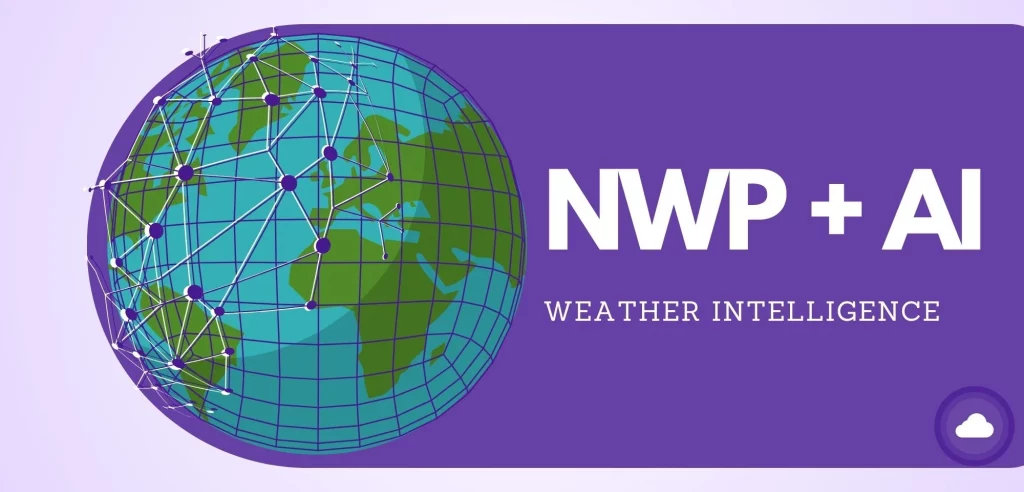
Artificial Intelligence + Numerical Weather Prediction = Weather Intelligence
Artificial Intelligence (AI), by processing vast amounts of data from sources like satellites and weather stations. İdentifies patterns and relationships in historical weather data. By simulating complex atmospheric processes, AI plays a significant role in improving the accuracy of weather predictions. Artificial intelligence-enhanced numerical weather prediction is referred to as weather intelligence. Weather intelligence enables proactive measures against extreme weather events and supports decision-making processes in many industries.

